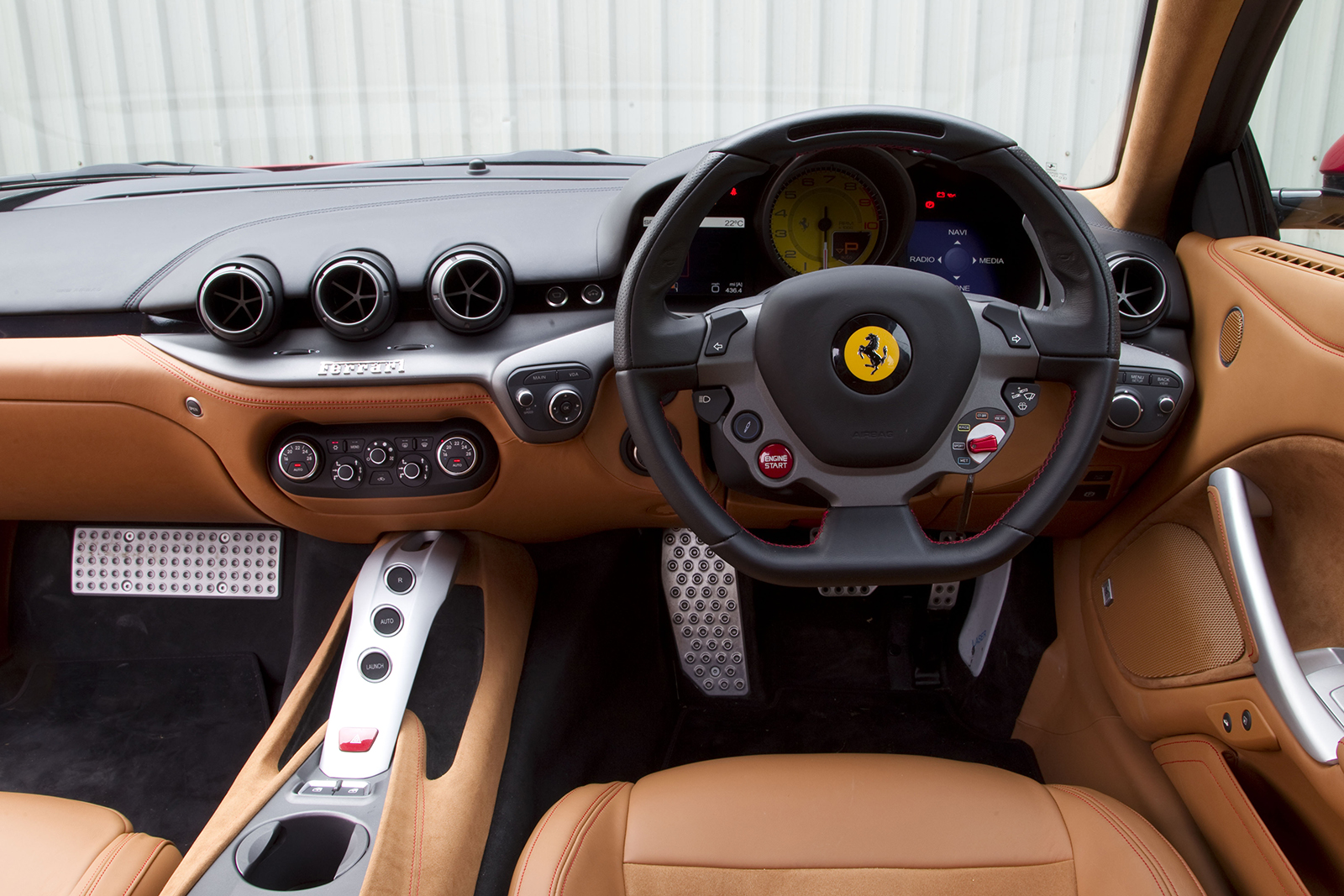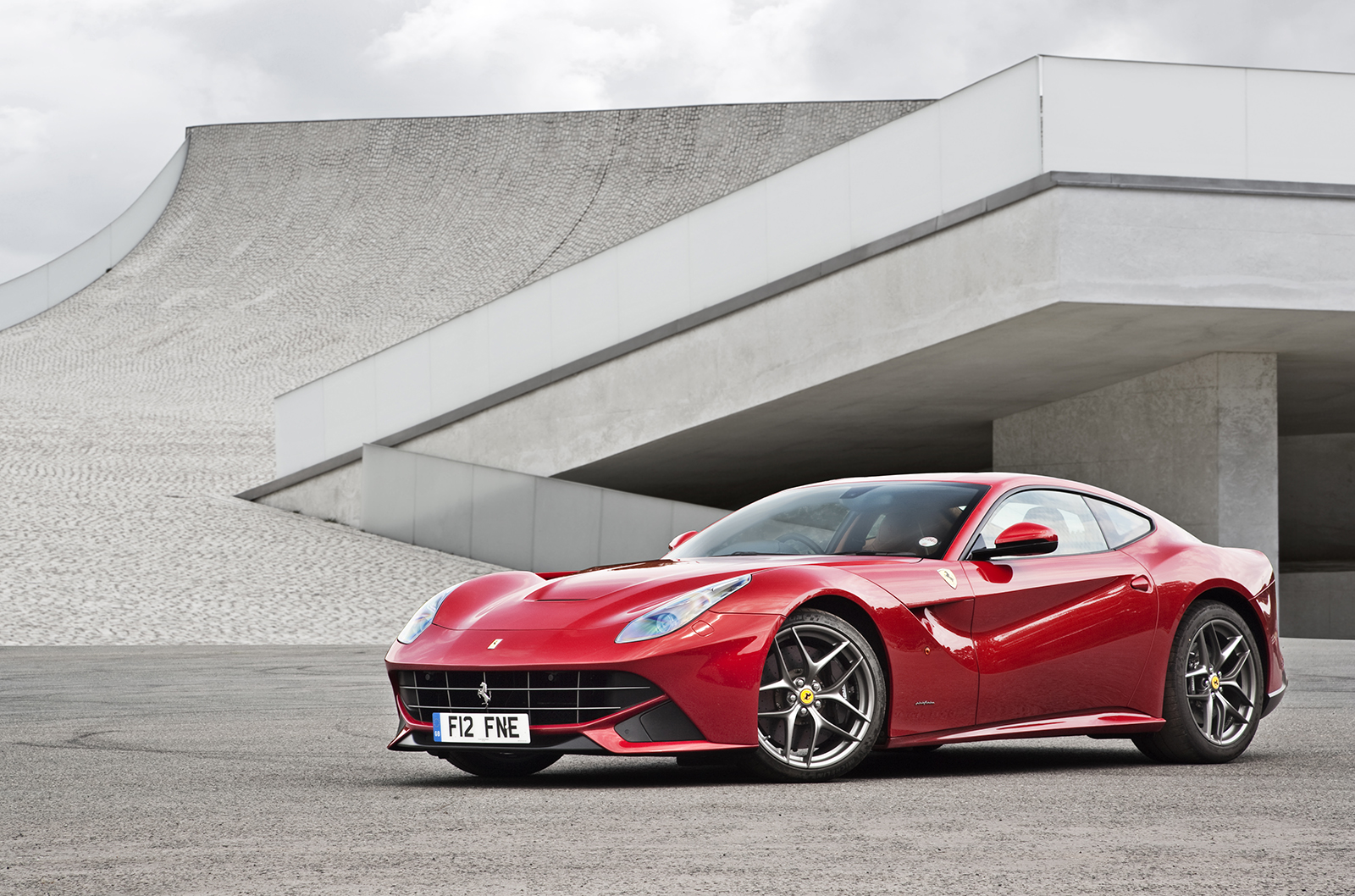When Maranello announced the Ferrari F12 Berlinetta on the eve of the 2012 Geneva motor show, its billing as the fastest road-going Ferrari ever made, either in terms of bald acceleration or around the firm’s Fiorano handling circuit, or indeed anywhere, was formidable.
The supercar cognoscenti would probably still be in awe of all that now, if it weren’t for the models that Ferrari has unveiled since: specifically, one headline-stealing 950bhp hybrid.
Overshadowed or not, though, the Ferrari F12 Berlinetta is a landmark in its own right, and having been to Italy to sample it, witnessed it disdainfully dismiss the equivalent Lamborghini in a comparison test and seen it come painfully close to scooping our 2013 Best Driver’s Car title, it’s time to get well and truly under this car’s ingeniously sculpted aluminium skin.
Although Ferrari has been making front-engined V12 grand touring sports cars for the road for almost six decades, the car to which the new F12 owes its biggest debt is probably the 275 GTB of 1964.
Since the 275, Maranello has made equivalent front-engined V12 models in the form of the 365 GTB/4 (Daytona), 550 Maranello, 575M and 599. But during a 23-year gap between the Daytona and 550, it abandoned the front-engined V12 concept to experiment with mid-engined flat 12 models such as the Testarossa.














